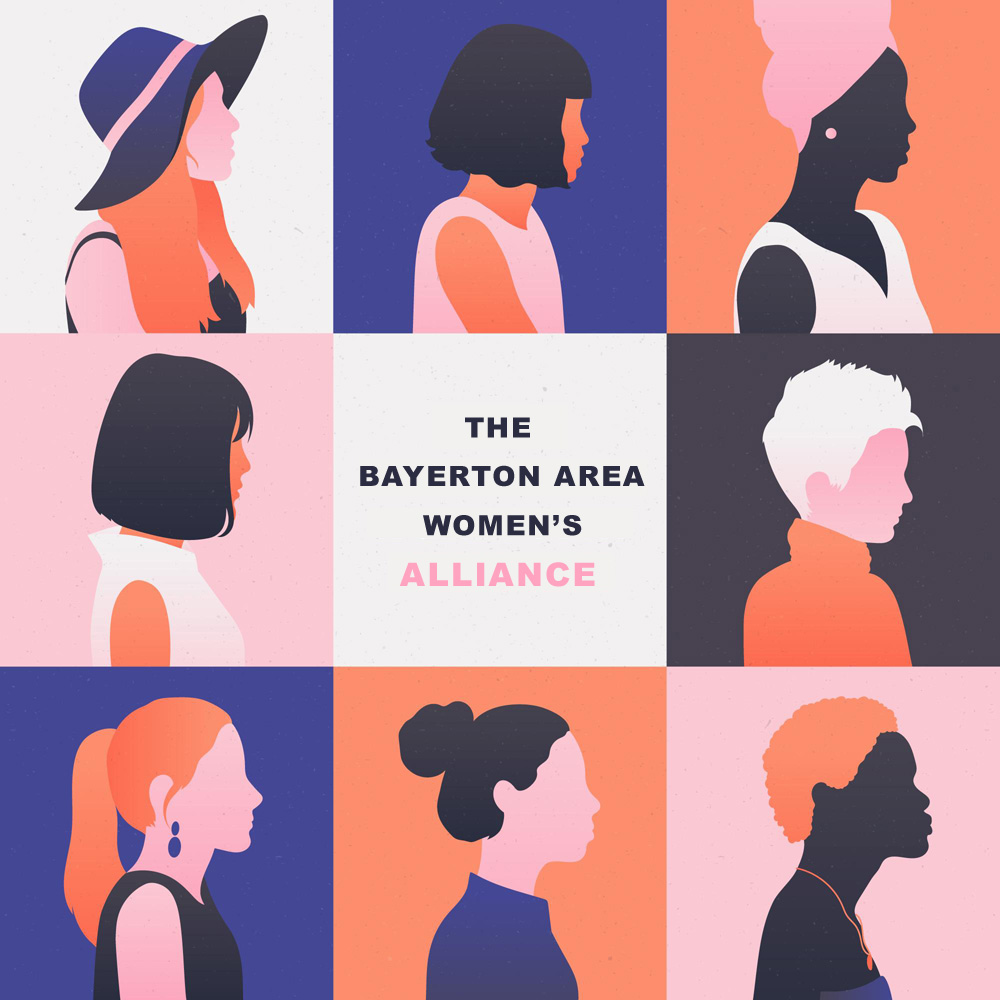Women's Suffrage
The history of women's suffrage and feminism in the United States has been ongoing for over a century. The original suffrage movement was a fight to win the right for women to vote in the United States, but even after women achieved that, it became clear that it was only the first step towards gender equality. It's been an ongoing battle in the United States, with more issues being drawn into the fold for women to finally lose the barriers society set in place that keeps women several steps behind men socially, professionally, and politically.
The Women's Suffrage Movement: The Seneca Falls Convention
In the 1820s and 1830s, reform groups of all sorts were starting to form all across the United States, just as many women were starting to feel uncomfortable with the idea historians call the "Cult of True Womanhood." This was the idea that the ideal woman was pious, submissive, and cared only for her husband and children. In 1848, a group of abolitionists came together in Seneca Falls, New York for the Seneca Falls Convention, led by Elizabeth Cady Stanton and Lucretia Mott. At this convention, the delegates agreed that women were individuals who deserved their own identities at home and in politics, especially when it came to the idea that women should have the right to vote. The woman's suffrage movement lost steam during the Civil War, but came back with a vengeance immediately after the 14th and 15th amendments of the Constitution were ratified, giving Black men the right to votes. There was still no mention of women.
A new woman's suffrage group called the National Woman Suffrage Association was founded in 1869 by Elizabeth Cady Stanton and Susan B. Anthony, where the primary goal was a universal-suffrage amendment to the Constitution. Slowly but surely, the movement gained steam, and starting in 1910, some Western states allowed women to vote, but Southern and Eastern states weren't as willing to do so. In the 1910s, various women's suffrage groups created blitz campaigns and picketed in Washington until finally on August 18th, 1920, the 19th Amendment was ratified into the Constitution, giving women the right to vote.
- The Fight for Women's Suffrage
- Unlearning History: The Women's Suffrage Movement
- The Seneca Falls Convention
Post World War II Feminism
During World War II, women proved that they could join the workforce and keep up with the men by doing their job just as well as they could. However, after the war was over, women were encouraged to go back to staying at home to could allow the men to get their jobs back. Women were encouraged to turn to their families and be more feminine to the point that advertisements, educational films, and television shows would only show women as wives and mothers and critiqued women who wanted careers as "unlovely" or "lost" or even "man-hating." However, throughout the 50s and 60s, it was slowly becoming more common for women to work at least part-time.
- Women and Work: Post World War II
- From Empowerment to Domesticity: The Case of Rosie the Riveter and the WWII Campaign
- Gender on the Homefront
Second and Third-Wave Feminism (1960's to 2000s)
In the mid-1950s, Betty Friedan was a stay-at-home housewife after years of being a journalist, writer, and activist, but she was unhappy with her life as a housewife and the pressure society put on women to find happiness solely with that lifestyle. She found at her 15-year reunion at Smith College that many of her former classmates were having similar feelings about being confined to the home. That led to her idea to survey women over the next 5 years about their thoughts and feelings and then she published her findings in a book called the "Feminine Mystique." This book jumpstarted the second wave of feminism as middle-class women all across the country felt seen and supported, which led to them organizing to fight for social and political equality. The same year, President John F. Kennedy signed the Equal Pay Act into law, which was a minor victory for some female workers, however, those victories only applied to jobs where men and women were employed in the same job and many women were barred from working the same jobs as men. This was followed by Title VII of the Civil Rights Act of 1964 which prevented employers from discriminating against employees based on race, religion, sex, or nation of origin.
The third wave of feminism began in the early 1990s and it continued the advances the women in the second wave of feminism started. Unlike their predecessors, however, feminist activists in the third wave didn't focus on advances in civil rights, but individualism and diversity to redefine what it meant to be a feminist. It saw an emergence of topics like intersectionality, sex positivity, eco-feminism, transfeminism, and post-modern feminism.
Fourth-Wave Feminism: Present Day
Fourth-wave feminism begins in 2012 and is still going on. This wave of feminism is characterized by a focus on empowerment, greater gender equality, and greater representation of women of color, trans women, and other traditionally marginalized groups so all women can contribute to social and political issues, like equal opportunities. One of the biggest markers of fourth-wave feminism is that it is primarily online and uses social media to further feminist movements. Multiple "calls to action" have arisen thanks to social media making it possible to hear and connect with women all over the world. One of the largest calls to action has been the Me Too movement, which allowed women to break the silence traditionally imposed upon them after being sexually harassed or assaulted. This movement empowered individuals through empathy and solidarity by showing there was strength in numbers and nobody was alone; so many people have survived assault and harassment.
